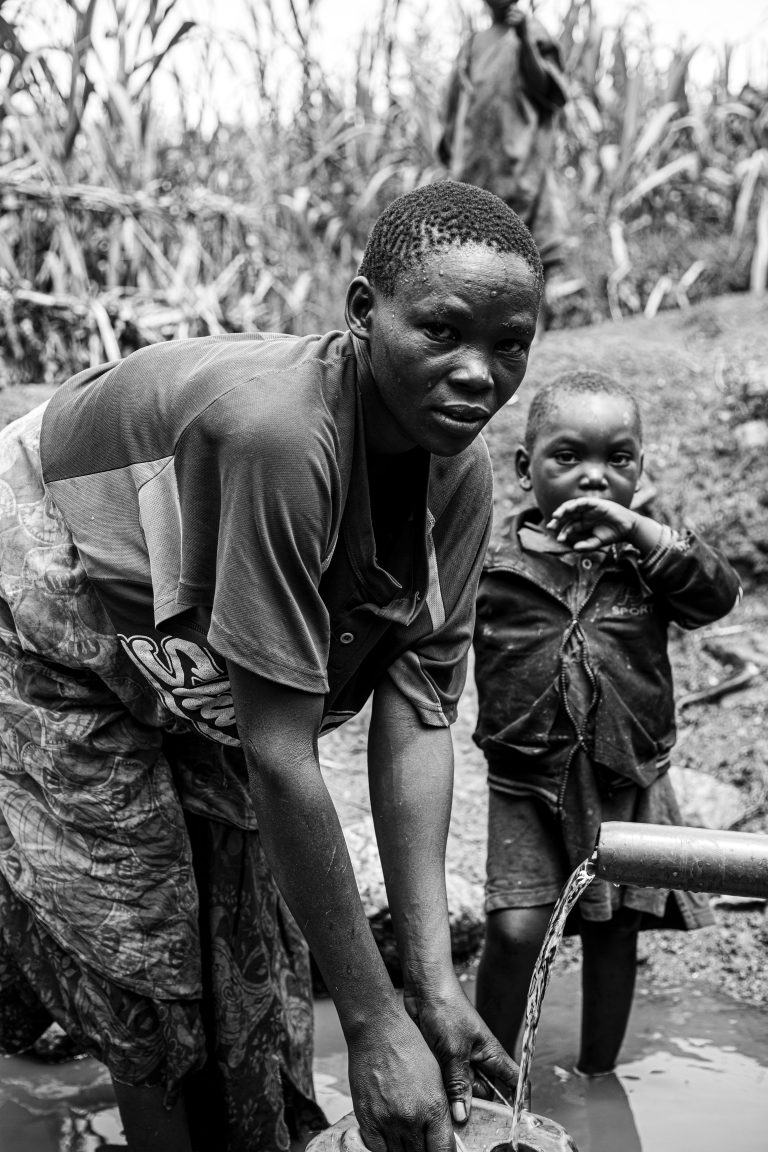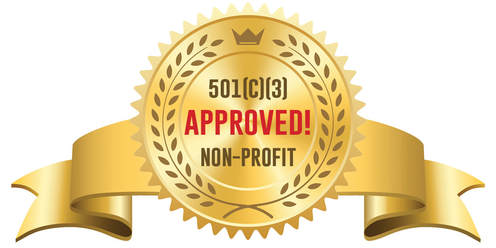Have you ever wondered how much of a difference a single drop of water can make?
For communities in developing countries, it can mean the world. In this article, we delve into the importance of funding for water projects in developing countries, a cause that is as crucial as it is urgent.
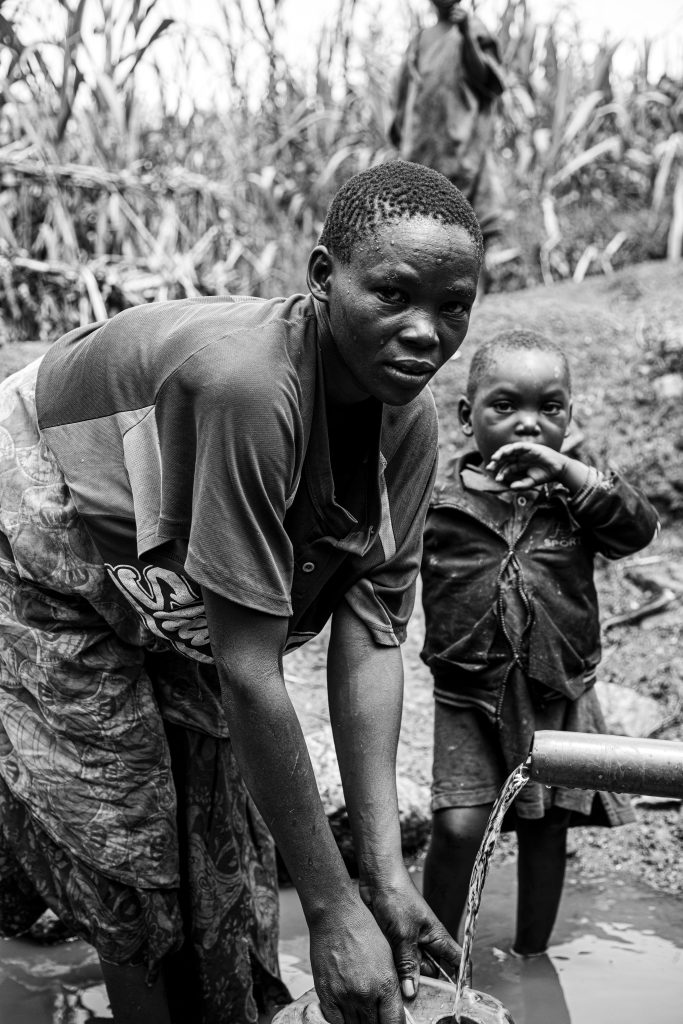
Understanding the Water Crisis
The Current State of Water and Sanitation in Developing Countries
Imagine waking up each day and walking miles to fetch water, a basic necessity most of us take for granted.
This is the harsh reality for many people living in developing countries. According to the World Health Organization, as of 2021, 2.2 billion people around the world lack safely managed drinking water services, and 4.2 billion people lack safely managed sanitation services. These numbers are not just statistics; they represent real people facing real challenges every day.
The situation is further exacerbated by the fact that developing countries often lack the necessary funding to improve their water and sanitation infrastructure. A report by the World Bank highlights the global challenge of financing water and sanitation projects in emerging markets.
The OPEC Fund for International Development committed US$114 million to the water & sanitation sector in 2020, indicating the scale of funding required.
Moreover, the UN-Water states that the major sources of funds for water and sanitation are taxes from individuals and businesses, transfers such as overseas aid, remittances, or market. However, these sources are often insufficient to meet the vast needs of these countries.
Organizations like WEFTA and African Development Bank are stepping in to fill this gap. They provide funding and technical support for drinking water projects in small, rural communities where water sources are contaminated or distant.
Despite these efforts, the need for funding is immense. Every dollar, every effort counts. And that’s where you come in.
The Impact of Water Scarcity on Communities
Water scarcity does more than just parch throats. It affects health, education, and livelihoods. Children, especially girls, often miss out on education because they spend hours each day fetching water. Diseases caused by poor sanitation and unsafe water kill more people every year than all forms of violence, including war. The lack of water and sanitation in developing countries is a crisis that needs our attention.
According to UNICEF, water scarcity limits access to safe water for drinking and for practising basic hygiene at home, in schools, and in health-care facilities. When water is scarce, sewage systems can fail, and the threat of contracting diseases like cholera surges. Scarce water also becomes more expensive, further burdening the already struggling communities.
The World Wildlife Fund reports that rivers, lakes, and aquifers are drying up or becoming too polluted to use, leading to the disappearance of more than half the world’s wetlands. The impacts of water scarcity affect families and their communities, locking them in poverty.
The Council on Foreign Relations states that water scarcity happens when communities can’t fulfill their water needs, either because supplies are insufficient or infrastructure is inadequate. This scarcity is an increasing problem on every continent, with poorer communities most badly affected.
The UNESCO warns that the global urban population facing water scarcity is projected to double from 930 million in 2016 to 1.7–2.4 billion people in 2050. This growing crisis underscores the urgent need for action.
But there’s hope. With the right funding, we can make a significant difference in these communities. And that’s where you come in. Your contribution can help provide access to clean water, improve sanitation, and ultimately, transform lives.
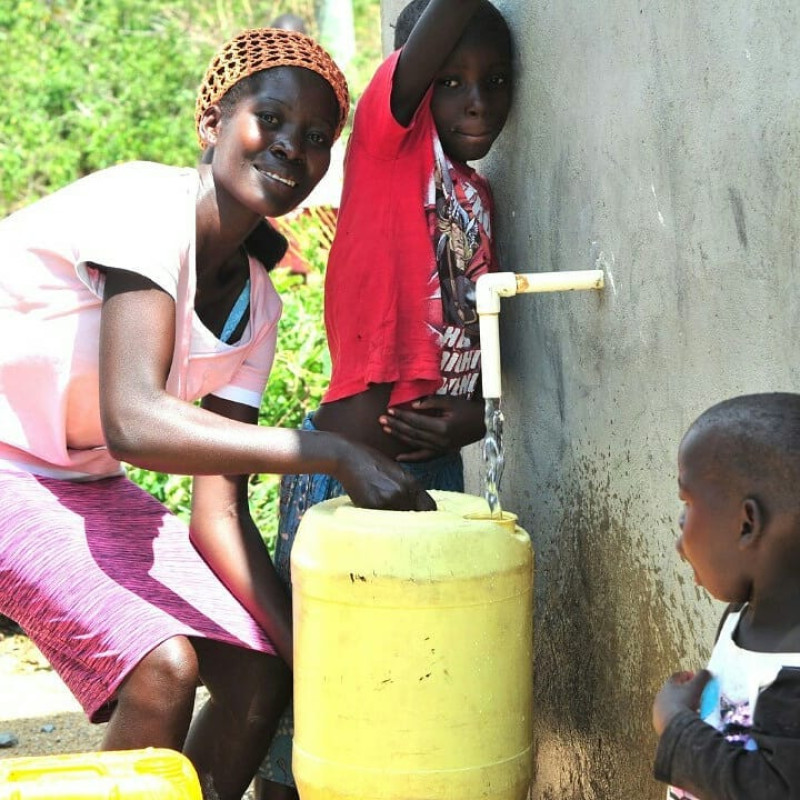
The Need for Funding Water Projects
How Funding Can Improve Water and Sanitation
So, how exactly does funding help? Well, funding is the fuel that drives the engine of change. It allows for the construction of wells, rainwater harvesting systems, and sanitation facilities.
It enables the training of local community members to maintain these facilities, ensuring sustainability. It also supports education programs that teach communities about hygiene practices, further improving health outcomes.
But funding isn’t just about the money. It’s about showing these communities that they are not alone, that people thousands of miles away care about their well-being. It’s about giving them hope for a better future.
Let’s break it down a bit further. When you donate to a water project, your money goes towards various aspects of the project. Here’s how:
- Infrastructure: Your funds can help build the physical structures needed to provide clean water. This could be a well, a borehole, a water purification system, or a rainwater harvesting system. These structures provide a reliable source of clean water for the community.
- Training: Funding also supports the training of local community members. They are taught how to maintain and repair the water facilities. This ensures that the project is sustainable and can continue to provide clean water for years to come.
- Education: Part of the funding goes towards education programs. These programs teach the community about the importance of clean water and good hygiene practices. This knowledge helps to improve health outcomes and reduce the spread of waterborne diseases.
- Community Development: Finally, funding supports the overall development of the community. With access to clean water, children can attend school instead of fetching water. Women can engage in income-generating activities. Health improves, and the community can focus on growth and development.
So, you see, your contribution does more than just quench thirst. It empowers communities, improves health, promotes education, and fosters development. It sends a message of solidarity and hope. And that’s the power of funding water projects.
Case Studies of Successful Water Projects
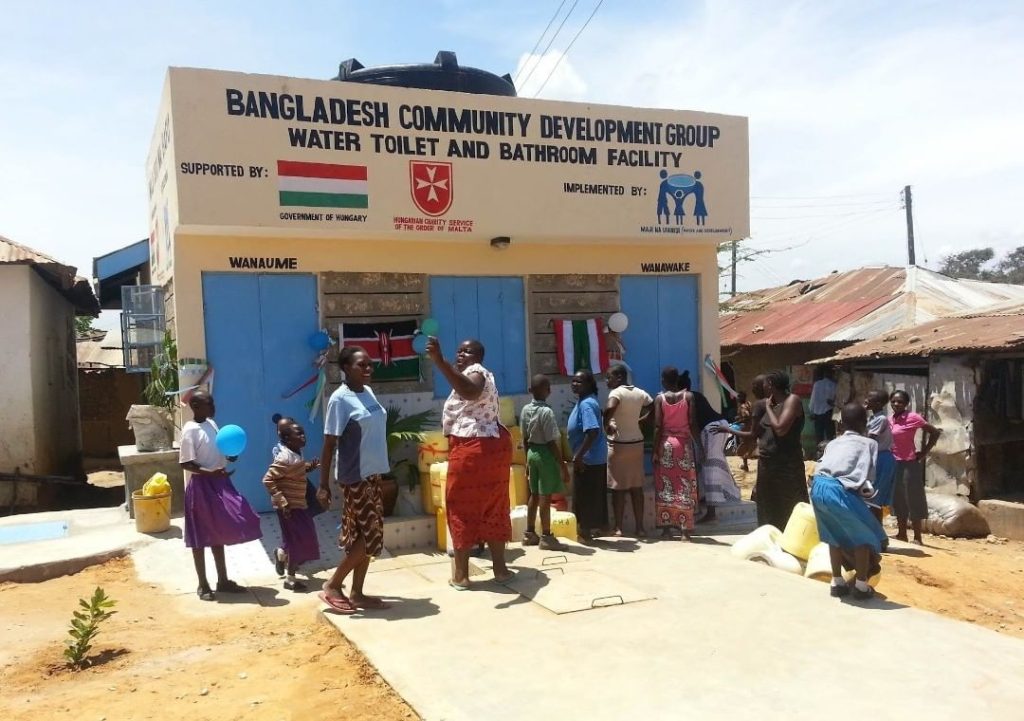
Let’s take a look at some success stories. In Kenya, an organization called Maji na Ufanisi has been making waves with their water projects. With over 27 years of expertise and experience in the water sector, Maji na Ufanisi has immensely transformed the lives of the local communities in Kenya.
With the help of funding, they’ve been able to provide clean water and sanitation services to urban poor communities, transforming lives and bringing smiles to many faces.
Their team of experts is dedicated to finding sustainable solutions to Kenya’s water and sanitation crisis.
They focus on providing sustainable solutions to Water, Sanitation, and Hygiene (WASH) challenges to communities in urban informal settlements. Their work is a testament to the power of funding and its impact on communities.
Another example is The Water Project, which has been working in sub-Saharan Africa. They’ve successfully drilled wells and installed water filters in various communities, thanks to the generous donations they’ve received.
The Water Project is a charity that provides access to clean, safe, and reliable water and sanitation solutions across sub-Saharan Africa, one village at a time.
The Water Project’s in-country teams build water wells, sand dams, spring protections, and provide sanitation and hygiene training. Their work has unlocked human potential by providing reliable water projects to communities in sub-Saharan Africa suffering needlessly from a lack of clean water and proper sanitation.
These case studies show the transformative power of funding. They demonstrate how, with the right resources, we can make a significant difference in the lives of those living in water-scarce communities.
Exploring Funding Options
Government Initiatives for Water Projects
Local and international governments play a significant role in funding water projects. They have the resources and the reach to implement large-scale projects that can serve thousands, if not millions, of people.
For instance, the U.S. Environmental Protection Agency has made the single largest investment in water that the federal government has ever made. Similarly, the U.S. Department of Agriculture provides grants for rural and Native Alaskan villages for water and environmental programs.
However, government funding alone is not enough. It needs to be supplemented by other sources to meet the vast needs.
Non-Governmental Organizations and Their Role
This is where non-governmental organizations (NGOs) step in. NGOs often work on the ground, directly with communities. They understand each community’s unique needs and challenges and can tailor their projects accordingly.
But to do this, they rely heavily on donations from individuals and corporations.
Organizations like Water.org empower people with access to safe water and sanitation through affordable financing, such as small loans. Another organization making a significant impact is Maji na Ufanisi.
Maji na Ufanisi, a Kenyan NGO, has been transforming lives through their water projects. They have provided clean water and sanitation services to poor urban communities, significantly improving their quality of life.
One of their innovative solutions is the Water, Sanitation, and Hygiene Enterprise Model (WASHEM), which leverages local resources and knowledge to create sustainable water and sanitation systems.
Their success stories are a testament to the power of funding and its impact on communities. For instance, they have built sanitation facilities for communities that previously lacked such basic amenities.
These projects improve health outcomes and bring dignity and comfort to the beneficiaries.
However, the work of NGOs like Maji na Ufanisi is heavily dependent on funding. They rely on the generosity of individuals and corporations to continue their life-changing work.
Your contribution can help these organizations reach more communities and transform more lives.
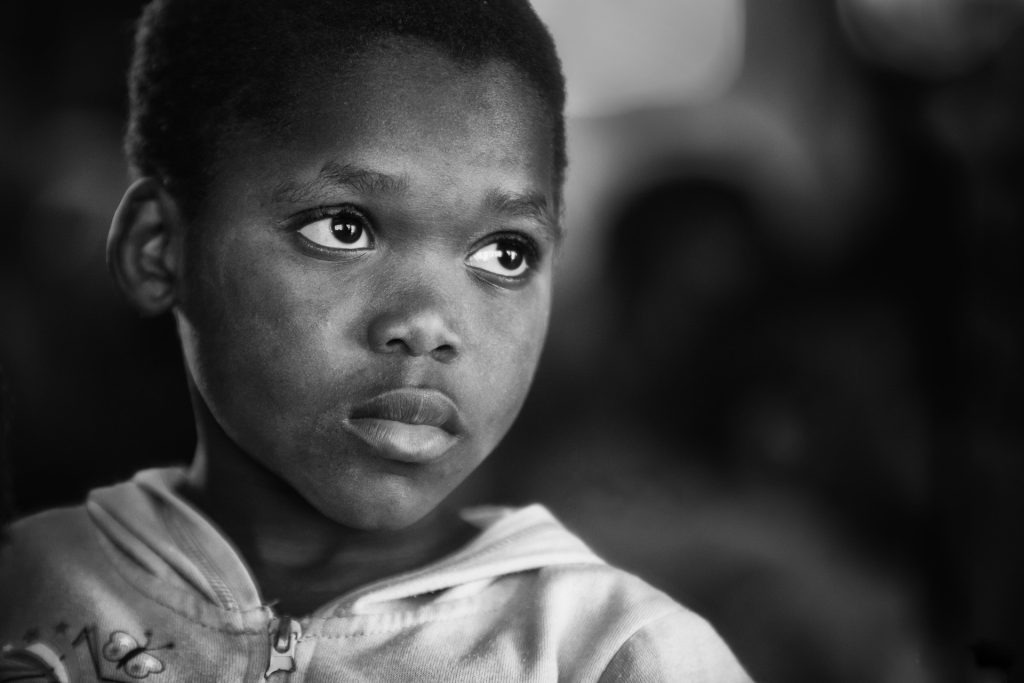
Private Sector Involvement in Water Projects
The private sector also plays a crucial role in funding water projects. Many corporations have corporate social responsibility (CSR) programs through which they fund social and environmental causes, including water projects.
Some companies also encourage their employees to donate by matching their contributions. According to a ScienceDirect article, private-sector involvement hinges upon a realistic return on investment, for which more realistic water prices are necessary.
Similarly, institutional and regulatory reforms are needed to attract private sector investment in water scarcity solutions.
In conclusion, the funding for water projects in developing countries comes from a variety of sources, each playing a crucial role. It’s a collective effort, and every contribution, no matter how small, can make a big difference.
How to Contribute to Water Projects
Identifying Trustworthy Organizations
Now that you understand the importance of funding and the different sources, you might be wondering how you can contribute. The first step is to identify a trustworthy organization to donate to.
Look for organizations that are transparent about their work and use of funds. Check their track record and reviews.
There are several resources available to help you evaluate the credibility of an organization. Websites like Charity Navigator and Impactful Ninja provide ratings and reviews of charities, helping you make an informed decision.
Organizations like Maji na Ufanisi and The Water Project are great places to start. They have a proven track record of successful water projects and are transparent about their work and use of funds.
Making a Donation: Step-by-Step Guide
Once you’ve identified an organization, making a donation is usually straightforward. Most organizations have a ‘Donate’ button on their website.
Clicking on this will take you to a page where you can choose the amount you want to donate and the payment method. Remember, no amount is too small. Every drop counts.
Other Ways to Support Water Projects
Donating money is not the only way to support water projects. You can also donate your time by volunteering, or your voice by spreading awareness about the water crisis and the work being done to address it.
Many organizations offer volunteer opportunities, and sharing information about the water crisis on your social media platforms can help raise awareness and garner more support for these crucial projects.
The Impact of Your Contribution
Stories of Change: From Scarcity to Access
Let’s take a moment to visualize the impact of your contribution. Picture a young girl in a rural village in Kenya. Every day, she wakes up at dawn and walks miles to fetch water for her family.
This task is not only exhausting but also dangerous. And because of it, she can’t go to school.
Now, imagine a well being drilled in her village, thanks to donations like yours. This girl no longer has to spend her days fetching water.
She can go to school, get an education, and dream of a brighter future. She has time to play, to be a child. This is the difference your donation can make.
This is not just a hypothetical scenario. It’s a reality for many communities, thanks to organizations like Maji na Ufanisi. They have numerous success stories that demonstrate the transformative power of funding.
For instance, they have built sanitation facilities for communities that previously lacked such basic amenities. These projects not only improve health outcomes but also bring dignity and comfort to the beneficiaries.
One of their innovative solutions is the Water, Sanitation, and Hygiene Enterprise Model (WASHEM), which leverages local resources and knowledge to create sustainable water and sanitation systems. This model has been successful in transforming the lives of many communities in Kenya.
Your donation can help organizations like Maji na Ufanisi continue their life-changing work. It can provide a community with clean water, improve health outcomes, and give people the opportunity to break free from the cycle of poverty. So, consider making a donation today and be a part of the solution to the global water crisis.
In conclusion, funding for water projects in developing countries is not just about providing access to water. It’s about giving communities the tools they need to break the cycle of poverty.
It’s about empowering them to take control of their health and their future. And it’s about showing them that they are not alone in their struggle.
Organizations like Maji na Ufanisi are doing incredible work in this field, but they need our support. So, let’s do our part.
Let’s donate, volunteer, and spread the word. Because every drop counts, and together, we can make a wave of change.
FAQs
- Why is funding for water projects in developing countries important?
Funding is crucial as it enables the implementation of water projects, which can significantly improve the quality of life in developing communities by providing access to clean water and sanitation facilities.
- How can I contribute to water projects?
You can contribute by donating money to trustworthy organizations, volunteering your time, or spreading awareness about the cause.
- What is the impact of my donation?
Your donation can help fund various aspects of water projects, from the construction of facilities to education programs, directly impacting and improving lives.
- Who are some organizations I can donate to?
Maji na Ufanisi is one of the organizations that have been doing significant work in providing water and sanitation services to communities in need.
- Can I contribute if I’m not based in a developing country?
Absolutely! Most organizations accept international donations. Your location does not limit your ability to make a difference.
Remember, the journey to ensuring everyone has access to clean water and sanitation starts with a single step. Will you take that step today?

